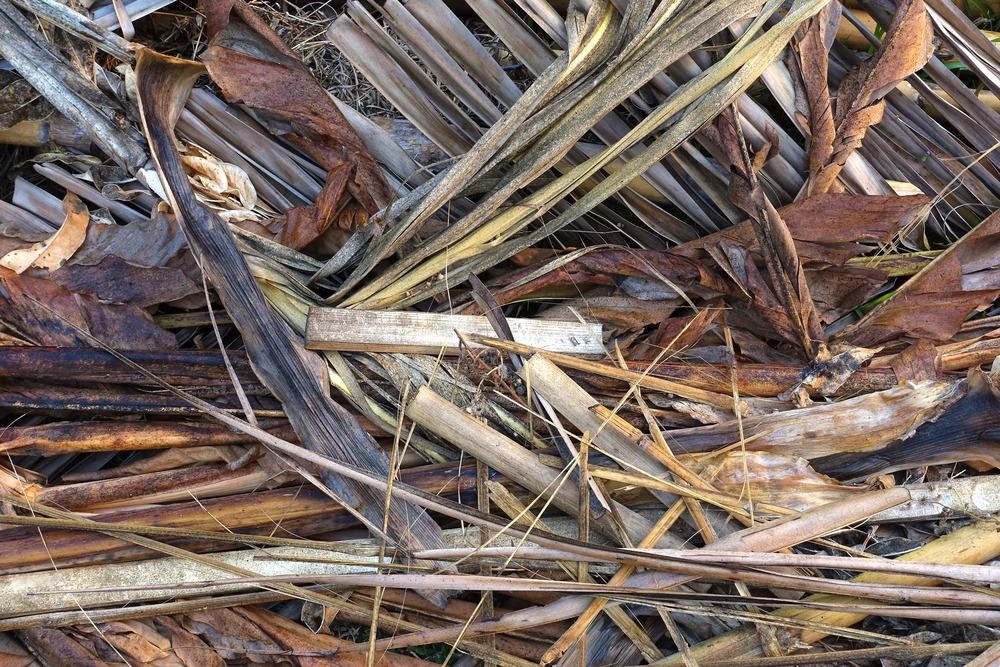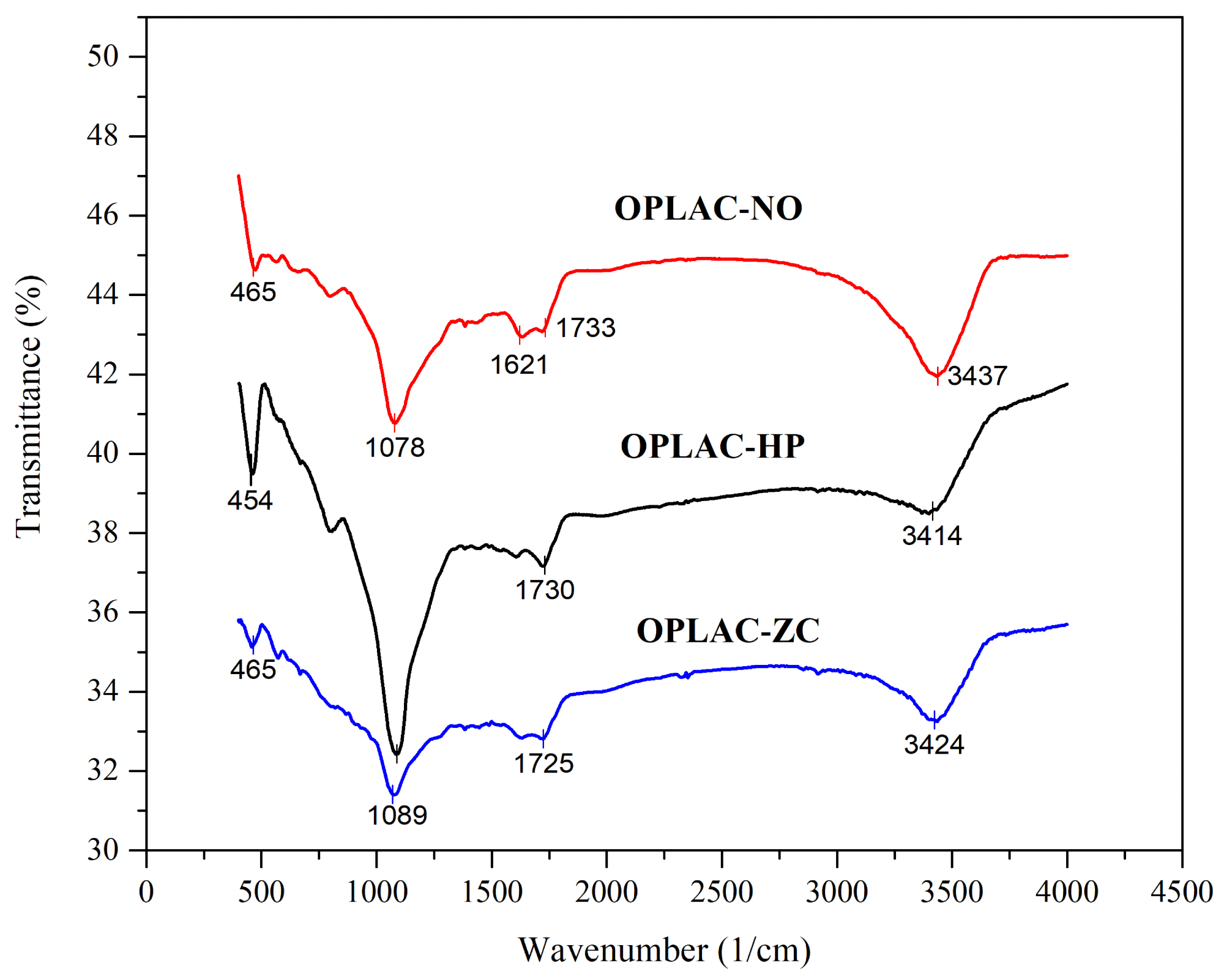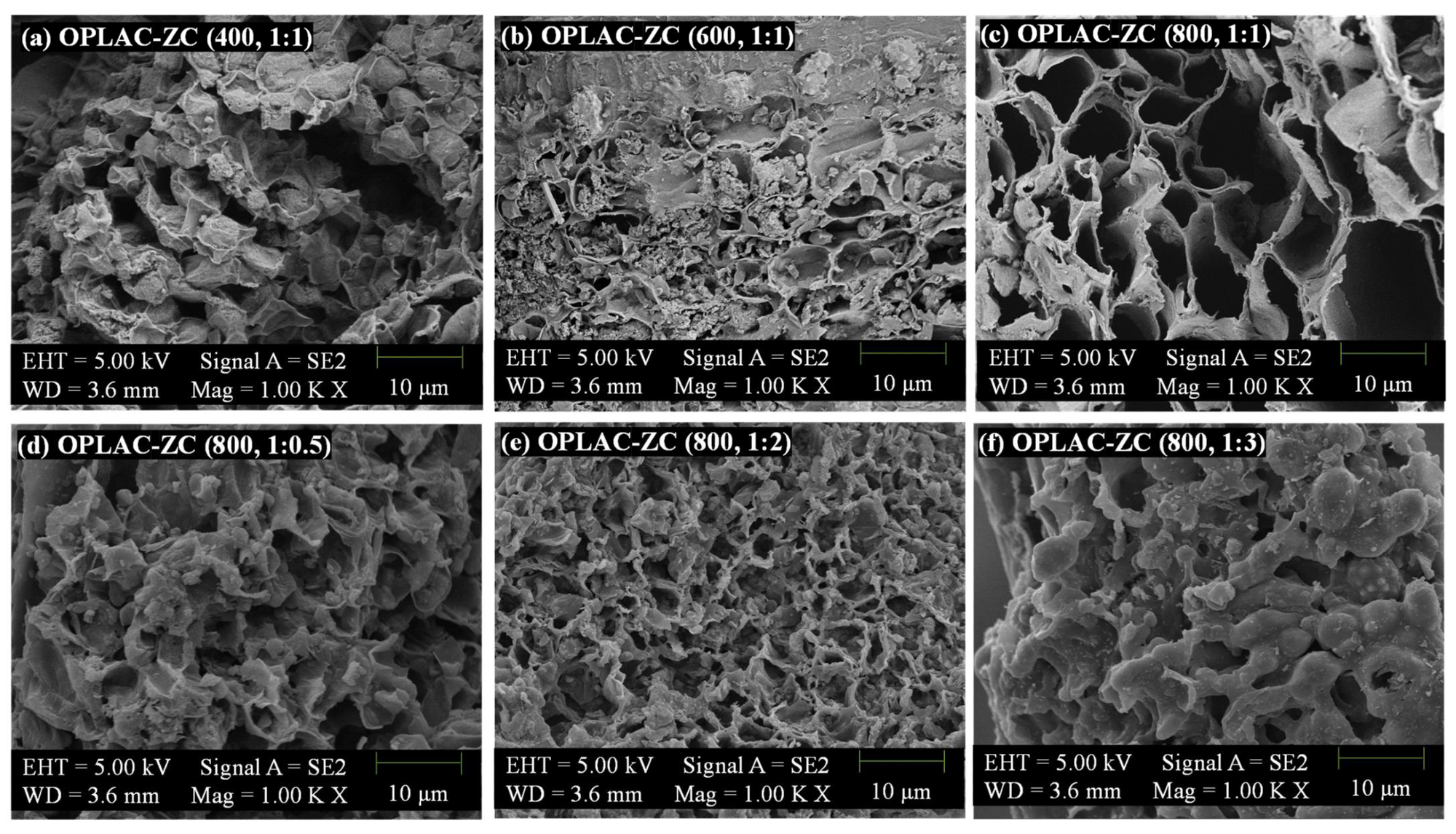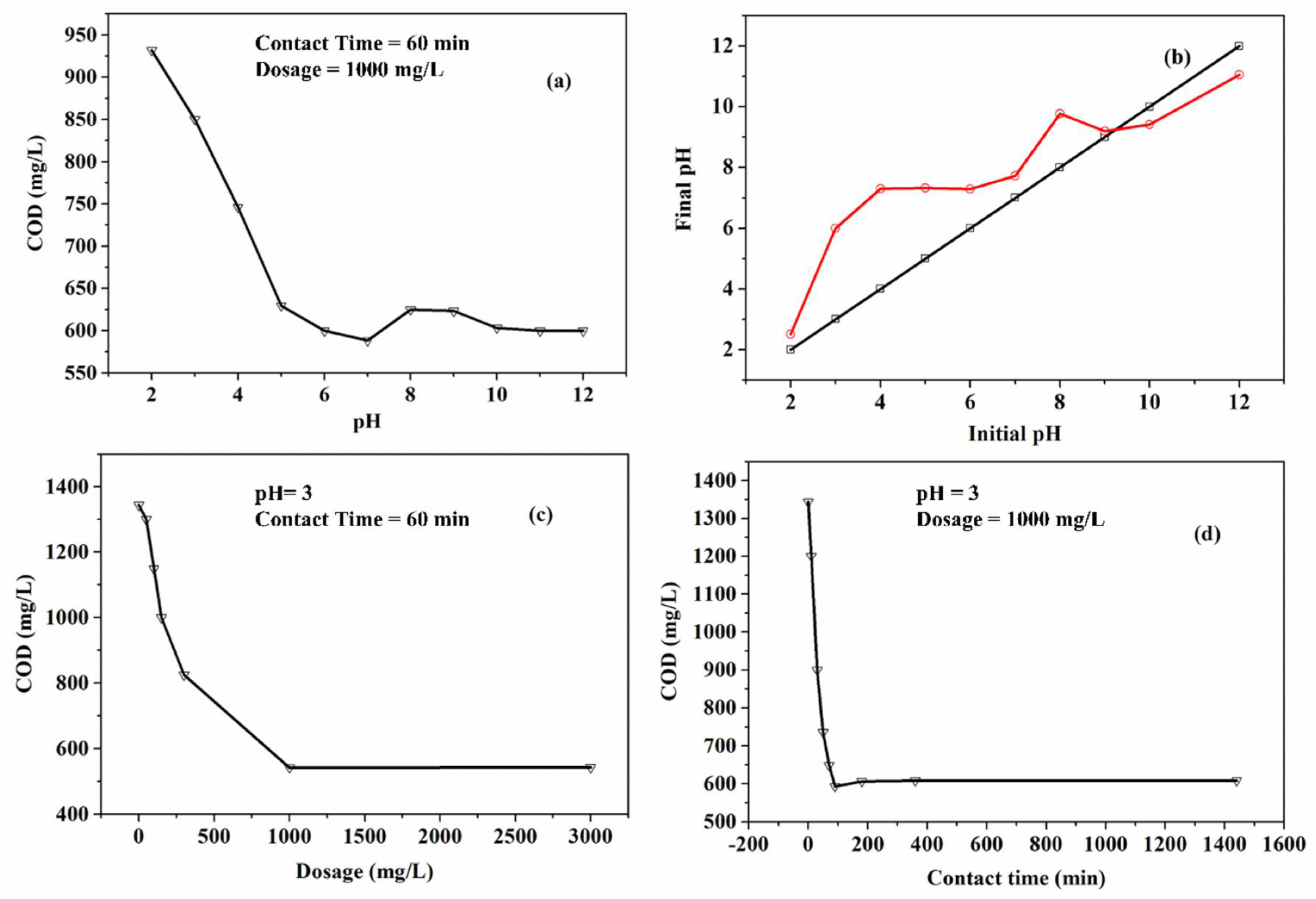Palm tree waste represents one of the most commonly encountered forms of agricultural waste. It is a crucial concern for palm oil and related industries, especially in areas where oil palms are cultivated.

Study: Modified Activated Carbon Synthesized from Oil Palm Leaves Waste as a Novel Green Adsorbent for Chemical Oxygen Demand in Produced Water. Image Credit: Kay_MoTec/Shutterstock.com
A new study presented in the Sustainability journal explores a new approach to reusing this palm waste by means of a series of chemical activation techniques to develop a new activated carbon using discarded oil palm leaves. This activated carbon is suitable for removing the chemical oxygen demand from produced water via adsorption, affording it a number of practical uses.

FTIR spectra of OPLACs modified by NaOH, H3PO4 and ZnCl2. Image Credit: Khurshid, H et al., Sustainability
Activated carbons represent a popular focus in adsorption due to their distinct textural qualities, chemistry, high surface area, and admirable surface adsorption properties. These have already been found to be beneficial tools in the adsorption of a range of contaminants, including pesticides, dyes, hydrocarbons, and heavy metals.
The most common approach to producing activated carbons continues to be via either chemical or physical activation processes coupled with the thermal decomposition of carbonaceous raw materials.
Synthetic activated carbons – not least those made from inexpensive and sustainable agricultural by-products – represent an appealing and promising option. This is especially the case for using palm oil waste because palm oil extraction generates a significant amount of waste products that are traditionally disposed of via environmentally damaging open burning or by disposal in landfills which can pollute groundwater and release harmful chemicals into the soil.
Most notably, palm oil waste is known to possess a high carbon content, making it a highly advantageous precursor material for activated carbons. Because of this, activated carbons produced from oil palm waste have already seen some use, for example, to adsorb organic and inorganic pollutants in wastewater.

SEM images of OPLAC-ZC at temperatures of (a) 400 °C (1:1); (b) 600 °C (1:1); (c) 800 °C (1:1); impregnation ratios of (d) 1:0.5 (800 °C); (e) 1:2 (800 °C); (f) 1:3 (800 °C). Image Credit: Khurshid, H et al., Sustainability
Using these existing examples as the basis for their work, the paper’s authors looked to develop a novel sustainable adsorbing activated carbon using oil palm waste from a site in Malaysia.
They specifically used oil palm leaves due to their relatively high surface area and carbon content and aimed to develop these into an activated carbon suitable for adsorbing organic pollutants in produced water generated during oil extraction that were responsible for chemical oxygen demand.
They focused on the use of three specific chemical agents for this task: H3PO4, NaOH, and ZnCl2, using the chemical activation technique to produce activated carbons before investigating, characterizing, and testing these.
The authors were looking to investigate the impact of adsorption factors, such as adsorbent dosage, initial pH, and contact time on the chemical oxygen demand removal percentage. These factors were valuable metrics in assessing the performance of the activated carbon in terms of its intended use.
The study determined that the synthesis of activated carbon using oil palm leaves and ZnCl2 resulted in improved surface properties versus the other chemical compounds tested. This was also synthesized at different temperatures and in different ratios in order to optimize its performance, resulting in a carbon content of 81.2% at 800 °C and a 1:1 impregnation ratio.
When used for the removal of chemical oxygen demand in produced water, results were promising and highlighted good removal efficiency - 4.62 mg/g (59.6 ± 5%) for organic pollutants. The material was also found to work quickly.
The authors also compared their results with the results of other comparable studies to further evaluate the performance of their developed activated carbon.

Effect of (a) pH; (b) pHZPC; (c) dosage of OPLAC-ZC; (d) contact time on adsorption of COD in PW. Image Credit: Khurshid, H et al., Sustainability
The Freundlich isotherm model was applied to better understand and conceptualize the adsorption data, which showed largely heterogeneous adsorption behavior. They determined that the presence of oxygenated functional groups on the surface of the activated carbon responsible for the chemical adsorption of organic pollutants forming chemical oxygen demand and that this was primarily occurring via the electron exchange mechanism in the produced water.
This study represents the first detailed study looking into the potential of oil palm waste in producing activated carbons suitable for addressing chemical oxygen demand in produced water.
The authors hope that this study represents a good step towards not only finding practical alternative applications for abundant oil palm waste but also as a means of tackling the wide-ranging issue of more sustainable development through improved waste management.
References
Khurshid, Hifsa, Muhammad R.U. Mustafa, and Mohamed H. Isa. 2022. "Modified Activated Carbon Synthesized from Oil Palm Leaves Waste as a Novel Green Adsorbent for Chemical Oxygen Demand in Produced Water" Sustainability 14, no. https://www.mdpi.com/2071-1050/14/4/1986
Disclaimer: The views expressed here are those of the author expressed in their private capacity and do not necessarily represent the views of AZoM.com Limited T/A AZoNetwork the owner and operator of this website. This disclaimer forms part of the Terms and conditions of use of this website.